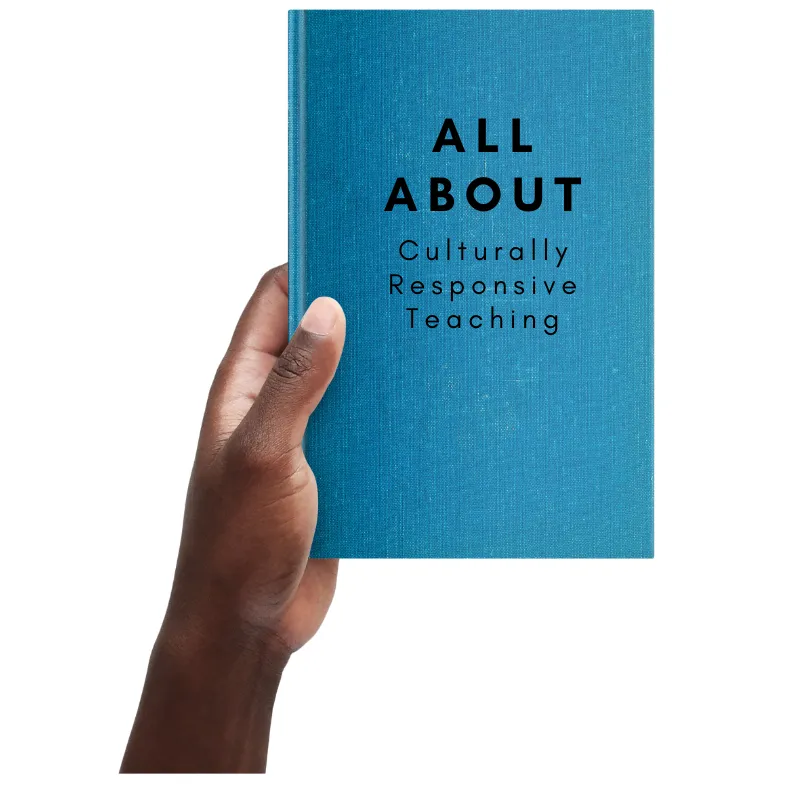
Joining of CRT and WAM CRT (Culturally Responsive Teaching) and WAM are inextricably linked. We use the ideals of CRT (check out last week’s post for a reminder!) and align them with our values and framework, creating actionable CRT goals. WAM Academy Values Principles we hold dear Diversity of the Black experience. Vulnerability with students and educators; focused on students’ voices. Safety for Black youth. Storytelling to create synergies within the school community. WAM Framework What our work is built upon Vulnerability: uncertainty, risk, and emotional exposure. In action: vulnerability is modeled by mentor speakers. Relatability: something that is understandable because it is similar to something you have known, experienced, etc. In action: relatability is shared through our lived experiences and the unique stories of our mentors. Cultural identity: identifying with or feeling like you belong to a certain group based on nationality, ethnicity, race, gender, or religion, among other cultural categories. In action: cultural identity is emphasized for students to feel like they belong and grow into their own unique, real selves. Examples of actionable goals CRT informed goals Students will be able to explain the meaning of culture. Students will analyze and discuss important terms relating to culture, such as values, morals, beliefs, behavior, customs, stereotypes, and generalizations (among many that could come up), in class conversation and also in their writing. Students will be able to describe the health benefits of positive self-esteem, balance, flexibility, resilience, and healthy relationships with others. Up Next Keep an eye out for our next post, which will discuss Restorative Justice and what it means to students. ENROLL NOW→ Follow us on social media! Facebook, Twitter, Instagram, and Linkedin.
